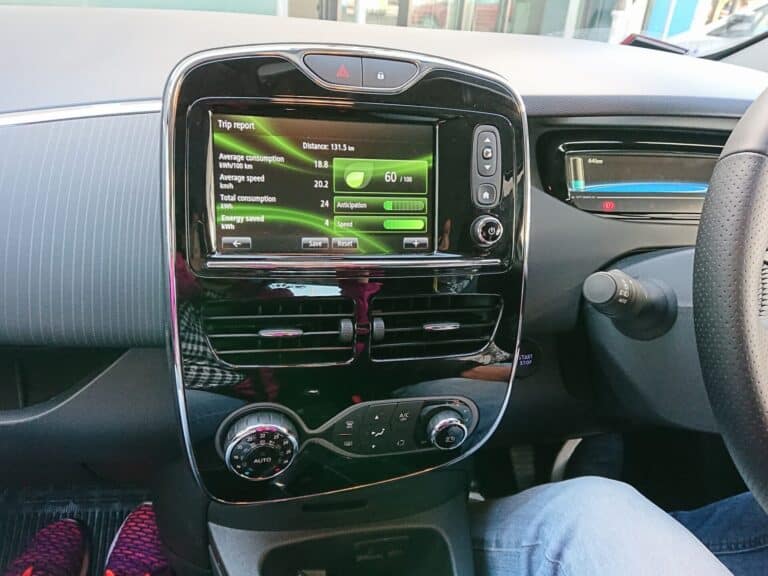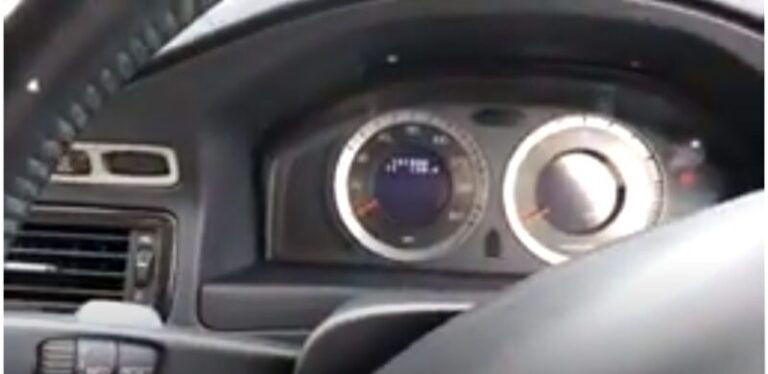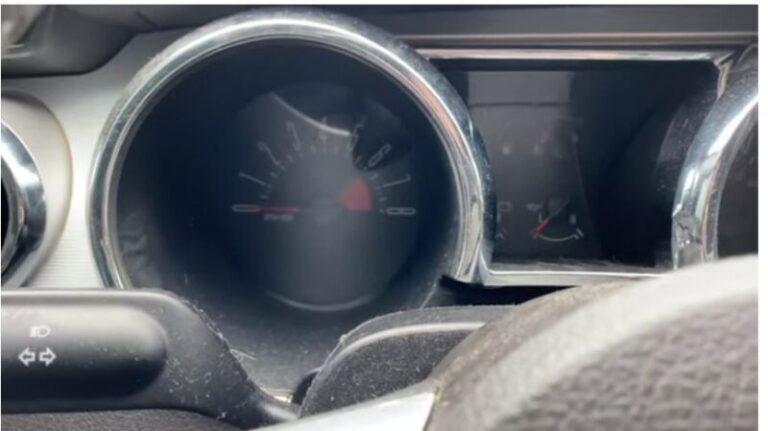Service System Stability (Beginners Guide)
Road accidents are often due to mechanical factors, chief among which is imbalance or instability of the vehicle.
This imbalance and instability result from faulty struts, tie rod ends, brakes, and bad weather conditions.
Luckily manufacturers developed a system to ensure vehicles are well balanced.
It has even become a requirement for every vehicle in most countries to have a stability system for safer driving.
However, the stability system can have issues from time to time, and in this article, you will learn how to handle these issues.
A stability system is a group of technologies that functions as a digital program in a vehicle that detects when it starts skidding. Through the years, the stability systems have seen improvements to ensure that vehicles are safeguarded against loss of road traction.
What Does it Mean When Your Car says Service Stability System?
The Service stability system message simply informs you of a vehicle’s stability system problem. It usually appears on your dashboard.
The service stability system signal doesn’t have a definite cause. For example, a malfunctioning input sensor, improper connection, or a bad controller could have elicited this message.
If it’s not accompanied by an ABS light, it probably isn’t a wheel-speed sensor problem.
Instead, it could be a fault from the steering wheel position sensor or an engine fault like a misfire that had the traction control system disabled.
Below are other reasons that could cause the service stability message to come on.
- A faulty throttle position sensor
- Defective fuel pump
- Active Fuel Management (AFM)
- Tire pressure monitor sensors
- Brake switch
- E85 Fuel
Can You Drive With the Service Stability Light On?
Yes, you can. The service stability light or service Stabilitrak light is a stability system warning that tells you that your vehicle is not under control, but ignoring it could jeopardize your safety.
Suppose the service stability system light stays on for an extended period even after you are sure that you have resolved all possible issues.
In that case, your ESC may be malfunctioning, or the system has been manually deactivated.
The electronic stability control is just a plus to the anti-lock braking system (ABS) and traction control system (TCS).
Therefore, it’s usually safe to drive a car that has a fault in the ESC. You can try to fix this by simply resetting your electronic stability system.
The dashboard warning light remains on if there’s a problem with the system.
So, if you intend to overlook servicing your stability system, keep in mind that servicing your stability system ensures your vehicle’s safety by quickly picking up misalignments and helping you prevent accidents.
Another risk a faulty stability system poses is that it can reduce engine power.
It is not uncommon for the program to reduce the vehicle’s power phase when it detects an issue with this system to prevent further damage and keep the passengers safe.
So you’re better off fixing it, so it does not eventually damage your car engine.
How Do I Reset My Stability System?
If you need to reset the system stability, these are the easy steps to follow.
- Rotate the handwheel in the clockwise direction. (If it goes off, the vehicle doesn’t require service, otherwise, follow the next steps).
- Put off the vehicle
- Wait 15 seconds
- Put on the vehicle on
There might be slight differences in some vehicles, but this is the standard procedure for resetting the stability system in most vehicles.
After you have followed the above procedures, if the service stability system warning disappears, the vehicle is no longer in need of repair.
However, if the message persists, you need to service it.
How Much Does it Cost to Service a Stability System?
It would cost you between $80 and $90 to service your vehicle’s stability system.
This price range includes labor costs of around $30-$50, depending on your location and dealer. On the other hand, the required parts cost between $20 and $40.
You could also serve the stability system yourself; most times, its issue stems from either a faulty wheel speed sensor or a bad ABS control module or input sensor, a faulty controller, or a bad connection.
So, if you can use an OBD2 scanner to troubleshoot and read the live data, you can get to the bottom of the problem.
If you discover that the problem might be something as simple as a loose wire, you might be able to fix the problem yourself.
Further, if you discover that the control module is the problem, you can either take it to a mechanic for a repair which would cost around $1,000 or replace it yourself for about $800.
However, if this is the first time your car displays the message, I’ll advise you to let a professional mechanic take a look so you don’t take any chances with your stability system.
Have you considered the possibility of warranty coverage for your service stability system? Well, it depends.
For example, if your car does not have enough engine power due to a bad fuel injector or spark plug, you may be eligible for a full refund or rebate under your warranty.
Nevertheless, if the malfunction is caused by damage to the GM-LAN line – which is responsible for sending data from the car’s sensors to the StabiliTrak light controller – you might not be eligible for a full refund or rebate under your warranty.
Whether or not your warranty covers fixing the service stability system message will depend on its cause.
If it is minor, then there is a chance that your warranty will cover the cost of labor and/or replacement parts.
However, in some cases, you may have to pay for the repair out-of-pocket or look for a warranty that covers service on your specific car model.
What is an Electronic Stability Control System?
The most popular stability system is the electronic stability control system.
Unlike the basic traction control systems and anti-lock brakes that only help you maintain control during acceleration and braking, the electronic stability control (ESC) helps prevent you from losing control in other circumstances such as bad weather conditions on the road.
So in simple terms, if your car has ESC on board, it also gives you both the Antilock Braking System (ABS) and the Traction Control System (TCS) active safety systems.
ABS stops the wheels from locking when braking; TCS stops the wheels from spinning when you start and accelerate.
While ABS and TCS operate in a car’s longitudinal dynamics, ESC also enhances the lateral dynamics, thereby encouraging stable driving in all directions.
Conclusion
The service stability system is a program that detects and helps prevent your vehicle from skidding.
This feature is a safety improvement feature that you should always have functional.
I would not recommend driving without a functional stability system; moreover, they are not expensive to fix, and you can do that yourself, as outlined above.






